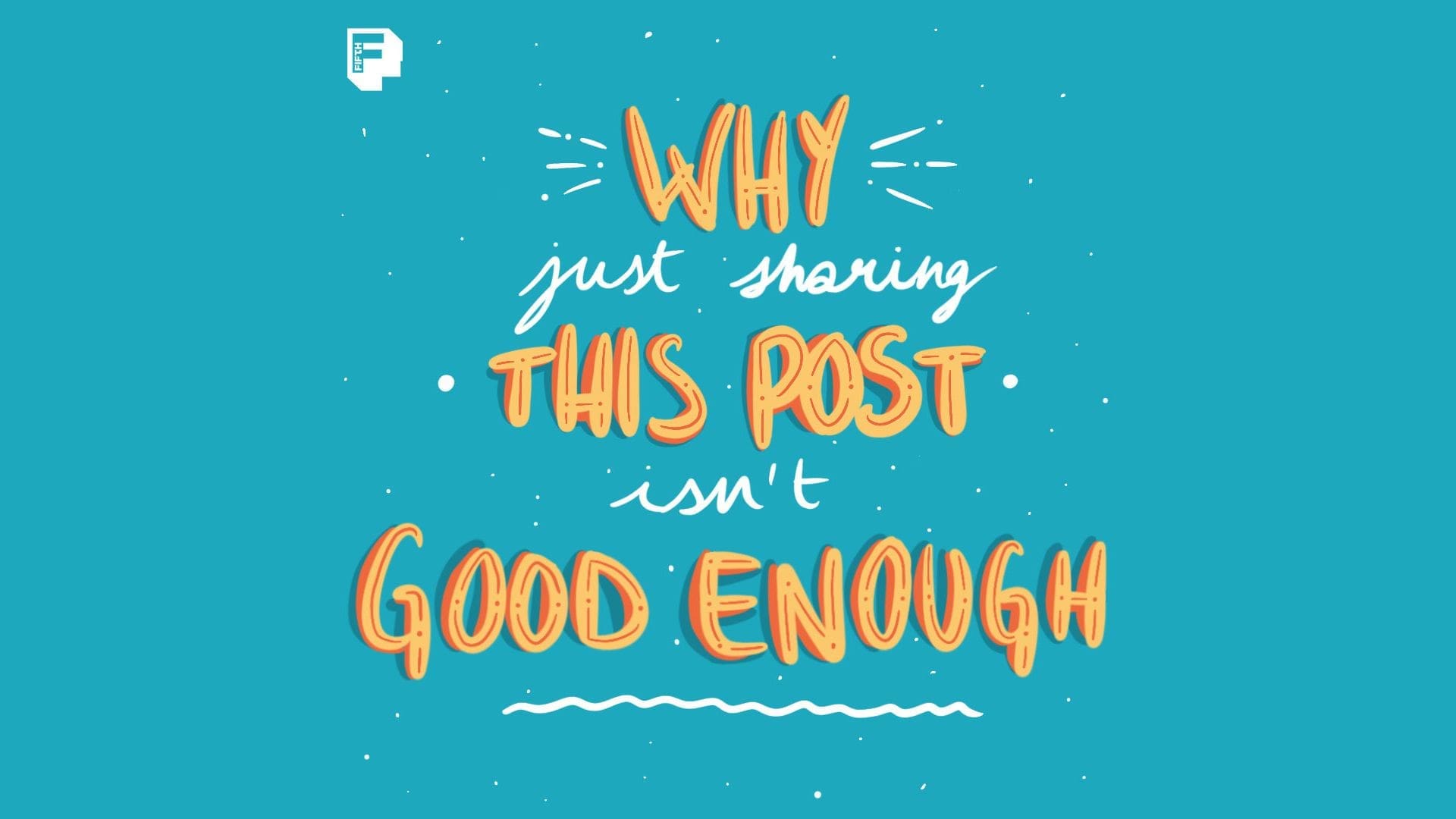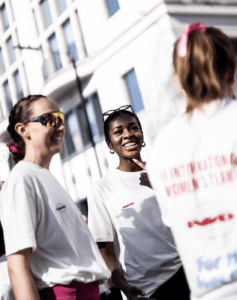Bright and colourful infographics with bold swirly writing have been flooding our timelines for the past few years. We see them in response to the latest global or local tragedy and they contain bite size information, news and easy-to-follow tips. We see it all the time; a terrible tragedy is followed by a fleet of Instagram slideshows about why we should care and what we need to do to fix it.
It sounds harmless, right? So what is the issue with these aesthetically pleasing infographics?

Oversimplification of Complex Issues
In order to fit into a cute little Instagram carousel, information has to go through a process of generalisation. This, alongside fun fonts, pretty backgrounds and dainty illustrations has the potential to trivialise very serious and often painful topics like racism, human rights violations and civil war. These infographics are unable to effectively address the majority of these events without watering down their severity. These issues aren’t pretty nor are they aesthetically pleasing – they’re dark, gritty and painful for all those involved.

Performative Activism – ‘Slacktivism’
Infographics also generate performative activism and ‘slacktivism’. Sharers get that warm feeling of contentment after sharing these posts when in reality not much is actually being done and no real impact is being made. According to Urban Dictionary, it’s “the self-deluded idea that by liking, sharing, or retweeting something you are helping out”
Slacktivism has created a certain level of satisfaction around activism whereby social media users don’t feel the need to take the next step to translate what they share on social media and turn it into action. Instead of protesting, donating or having difficult conversations with friends and family about these issues, people have become ‘okay’ with simply sharing an Instagram post captioned ‘Why you should care about what’s going on in Palestine’. Sharing this post, however, is self-serving. In reality, much of our online activism is performative – a social phenomenon whereby people feel compelled to reshare social justice content in order to maintain the appearance of allyship with marginalised communities.
It is safe to assume that the creators of these infographics intend to educate and inform in an accessible way, with the purpose of inspiring others to do further research and join progressive movements in order to generate tangible and impactful change. We must, however, also consider the commodification of social media activism. In other words, the motives behind some brands and influencers sharing these infographics can be questionable, with some just looking to increase likes and followers off of the back of progressive movements – creating the illusion of contributing to change without actively committing to the cause or addressing their own contributions to the problem.

Activism Fatigue
There is certainly no shortage of causes to get behind, be it the COVID-19 crisis in India or SARS in Nigeria. All of this contributes to activism fatigue or social justice burnout: a feeling of exhaustion that comes with having to emotionally invest yourself in a variety of causes.
When it feels like the level of activism isn’t bringing about adequate progress or when we are continuously exposed to new, disheartening content, there can be a lack of motivation to keep fighting for change that might never happen. Social media only heightens this feeling.
While infographics are an effective way to spread awareness, they do not translate to tangible impact. Alongside protesting, donating, signing petitions and advocacy they definitely serve a purpose. But alone, this type of digital activism can be problematic.
Digital activism cannot be seen as the solution, but rather as the first step. As social media users, we must hold ourselves accountable. And how much, outside of sharing content online, are we actually doing to make a difference?






